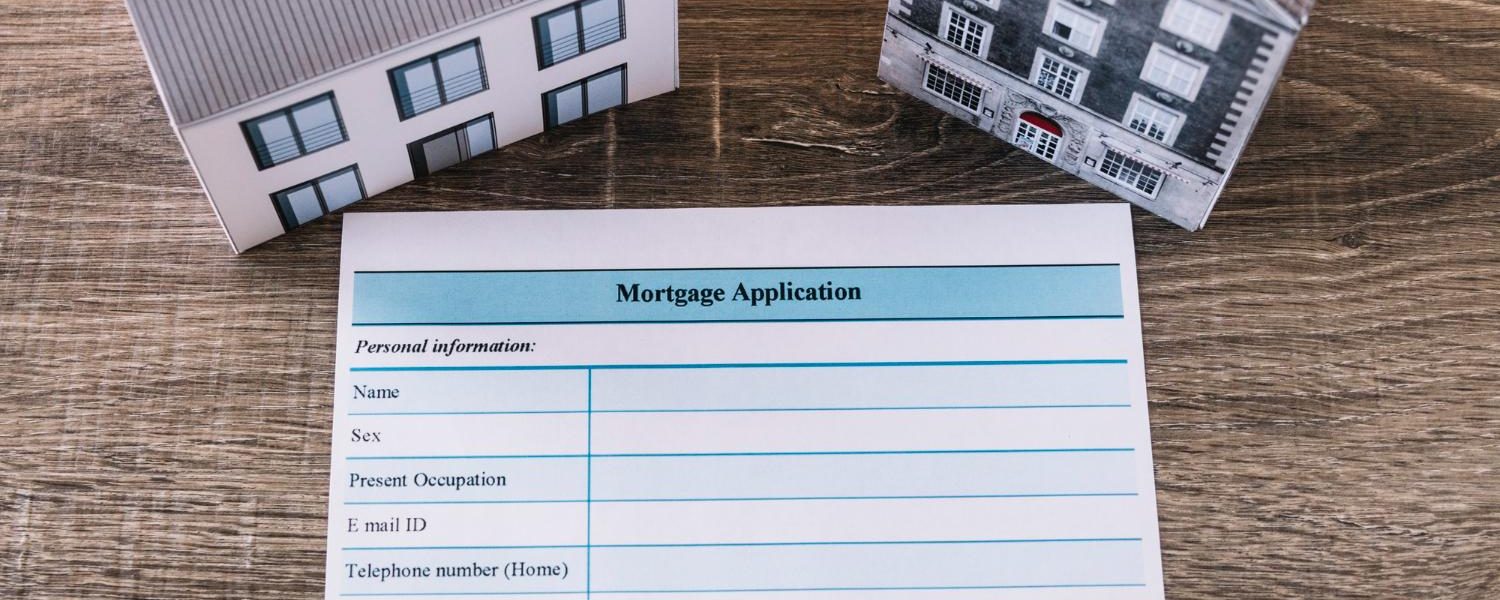In the intriguing world of real estate, lenders often appear quite generous, seemingly willing to extend loans to almost anyone possessing a fair credit score. After all, every home loan is secured by a valuable asset: the house itself. In case of a loan default, the lender’s risk is usually just the gap between the home’s value and the unpaid loan balance, minus the foreclosure and resale expenses.
However, this apparent generosity comes with a caveat. Lenders traditionally hesitate to lend beyond 80 percent of a home’s value, a threshold providing a buffer to minimize potential losses from loan defaults. Yet, in recent times, it’s increasingly common to see buyers securing a house with down payments as low as 10, 5, or even 0 percent. These high-risk transactions necessitate Private Mortgage Insurance or PMI to protect the lender if the borrower defaults and the home’s value dips below the loan balance.
PMI has turned into a substantial revenue stream for mortgage lenders. Often, homeowners continue paying PMI even after their loan balance falls below the original 80 percent mark. This happens as homeowners gradually pay down the loan’s principal, but on a conventional 30-year loan, this milestone can take years to reach.
However, the landscape changed in 1999 with the enactment of the Homeowners Protection Act. Under this law, lenders must eliminate PMI when the loan’s principal balance descends to 78 percent of the original amount. Proactive homeowners can request the removal of PMI once the principal hits 80 percent. Notably, this law only applies to home loans or refinances finalized post-July 1999 and requires the homeowner to be current on payments.
Another avenue to eliminate PMI arises with the increasing equity in a home. In regions experiencing significant real estate value appreciation, homeowners may find their equity exceeding the 80 percent threshold sooner. While lenders are not legally bound to remove PMI under these circumstances, they usually agree to it if the homeowner has been punctual with payments.
The crucial question for homeowners, however, remains identifying the point when their home equity crosses the 20 percent mark. This is where a certified, licensed real estate appraiser comes into play. Appraisers are adept at understanding their local market dynamics and can provide services specifically designed to help homeowners determine their property value and facilitate PMI removal. With a credible appraisal, mortgage companies are typically willing to drop the PMI, and the resultant savings pay off the appraisal cost within a few months, leading to lasting savings for the homeowner.

